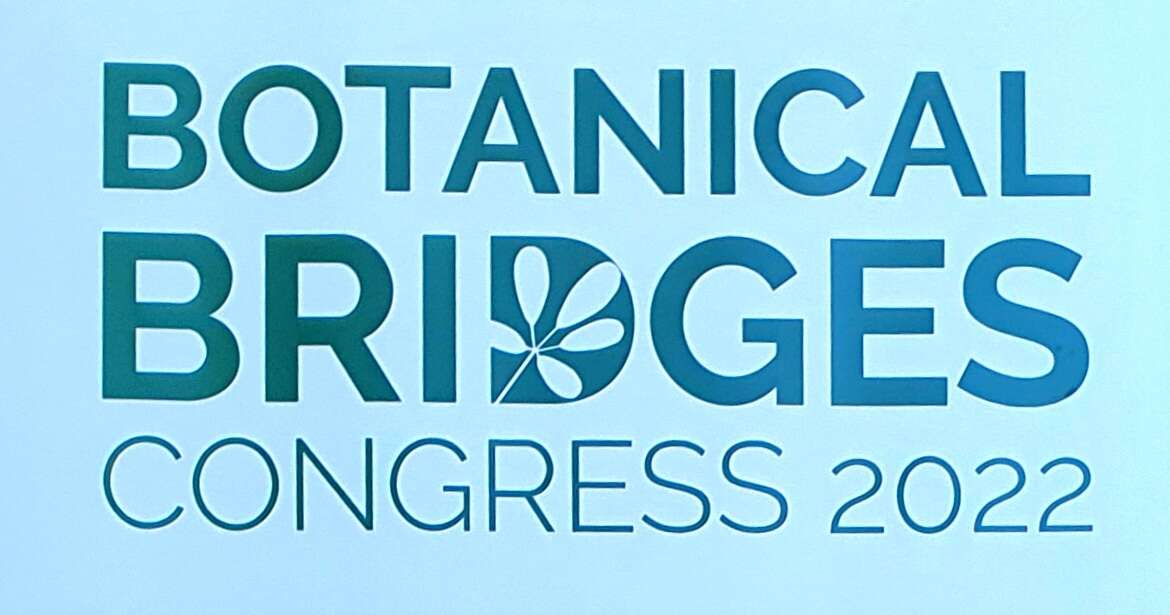Thrity was invited by the directors of the Botanical Gardens Conservation International, and Naples Botanical Garden, to the Botanical Bridges Congress 2022, at The Leon Levy Native Plant Preserve, a 30 acre world-class, botanic garden in Governor’s Harbor Eleuthera Island, Bahamas. It is a showcase of native and endemic Bahamian plants and is the first and only national park on the island. Thrity’s presentation at the congress highlighted the history and forestry work at Las Casas, including the last two years of work with critically endangered endemic species. There were 50 participants from 26 Botanical Gardens and institutions, representing 11 countries and territories, a gathering to improve global collaboration.
Here is 3t’s photo album of the trip: https://photos.app.goo.gl/JGPBqnmxetVGTKECA
Huge thanks to Joachim Gratzfeld, BGCI Regional Programmes Director; Chad Washburn, Director, Naples Botanical Garden, Florida; Noelia Alvarez, BGCI Plant Conservation Project Manager, for arranging and sponsoring Thrity’s trip.
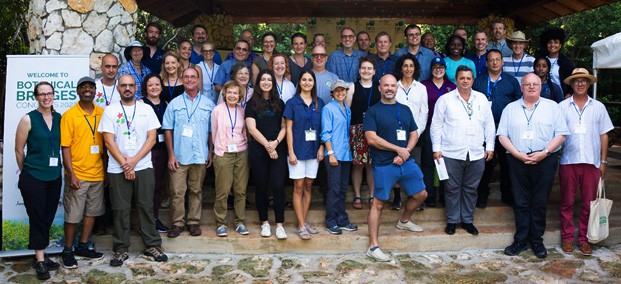
| Outcomes and Emerging Themes |
| |
| There were many important outcomes and emerging themes at the Congress including: Revision and acceptance of a draft of A Plant Conservation Strategy for the Caribbean Region. The strategy provides a unifying set of plant conservation actions linked to and in support of the Post-2020 Global Biodiversity Framework. The Strategy will be circulated among the Network in early 2023 for a final stakeholder consultation. A range of tools and resources are available through Botanic Gardens Conservation International to support and guide plant conservation efforts, including the International Plant Sentinel Network, Global Conservation Consortia, Global Tree Assessments, Plant Search, Threat Search, and the Global Tree Portal. There is a significant need to draw in more participation from Caribbean and Central American gardens and plant conservation organizations to build a stronger network. This will require improved communication, engagement, and promotion of the network. Botanic Gardens across the region are acting as education, training, and sustainability centers to build regional capacity to support plant conservation. Projects that focus on taxonomic groups can serve as successful models for collaboration and creating coordinated metacollections of high conservation value. Collaborations within the region and outside of the region will be necessary to build significant capacity for plant conservation. This includes collaborations between gardens and governments, businesses and entrepreneurships, schools and universities, and local communities. Conservation horticulture plays a vital role in supporting all plant conservation efforts. Climate change impacts play a strong role in the region. Work is needed to plan for disaster management and to prepare, mitigate and restore in the face of climate change. |
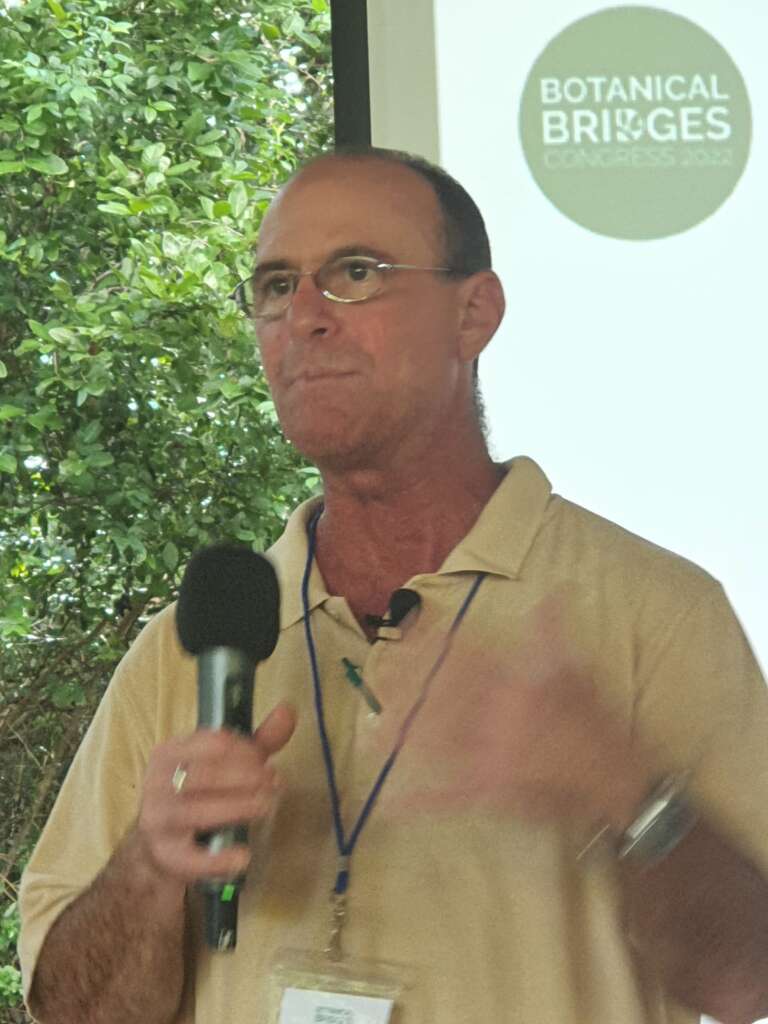
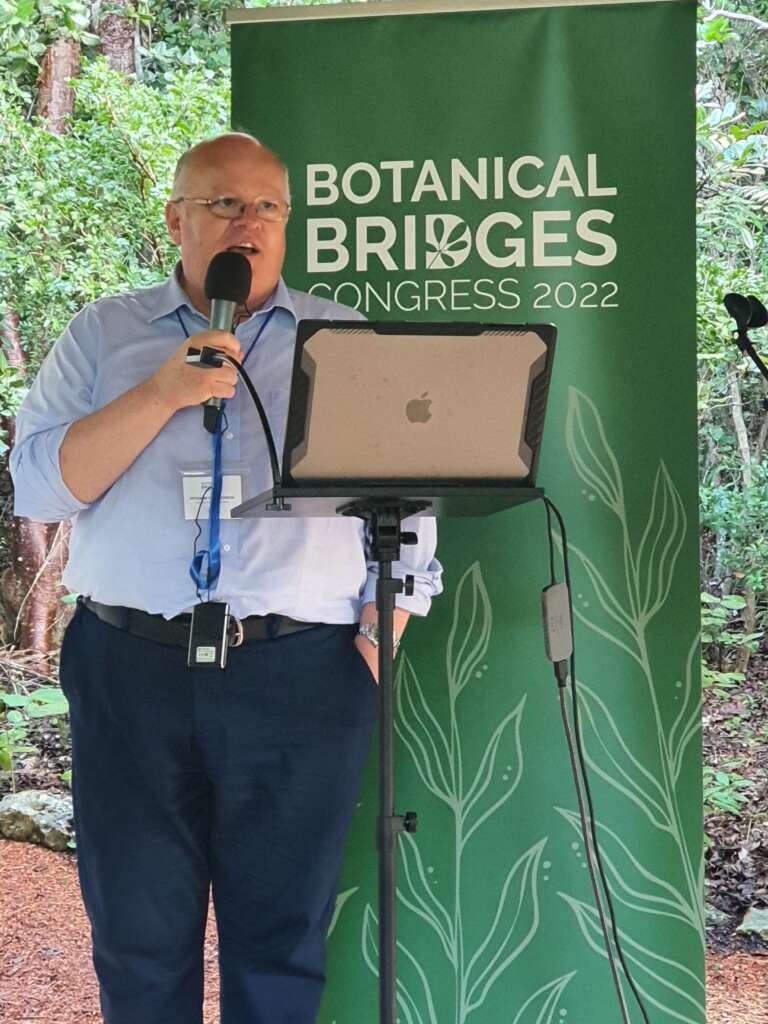
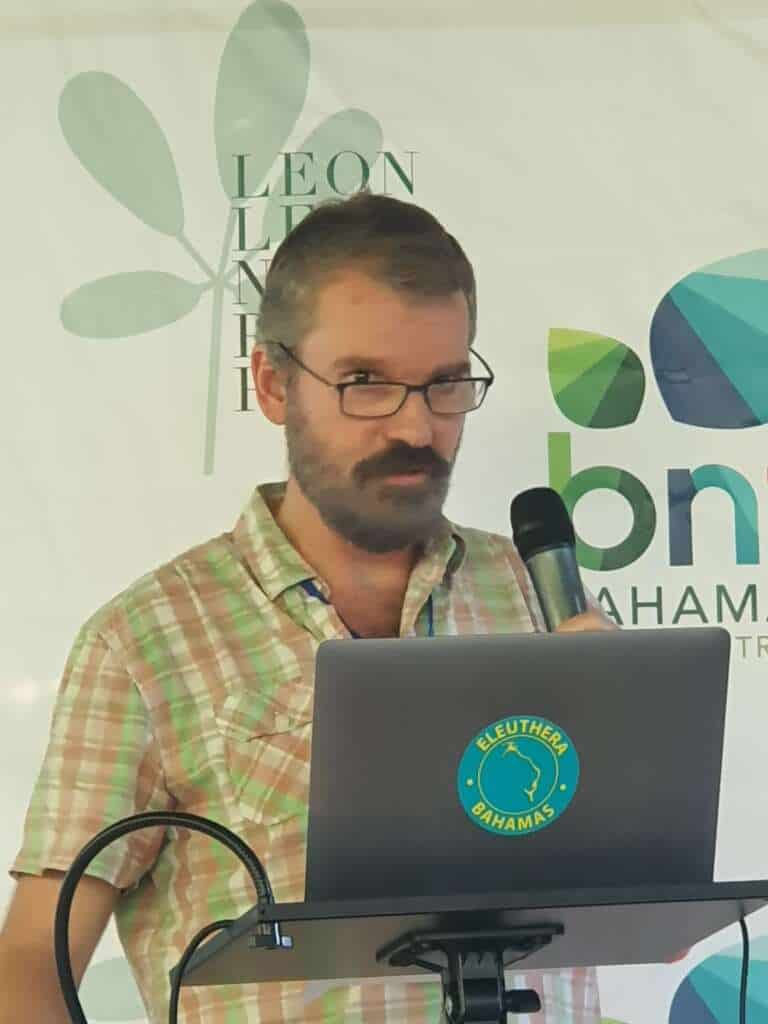

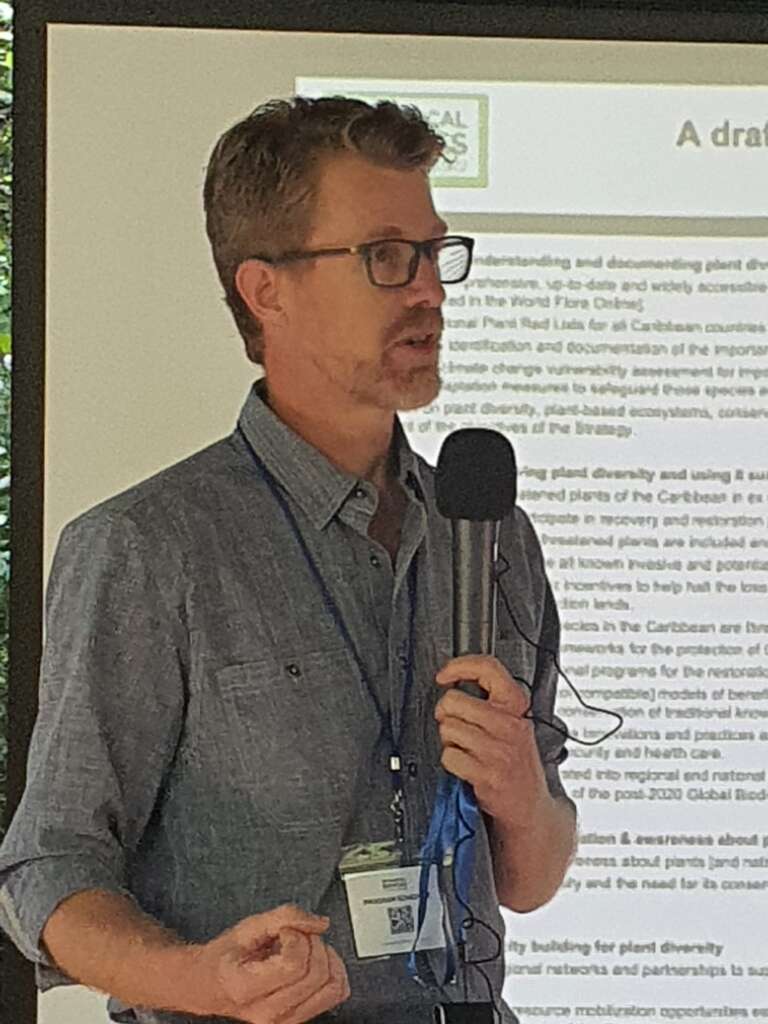
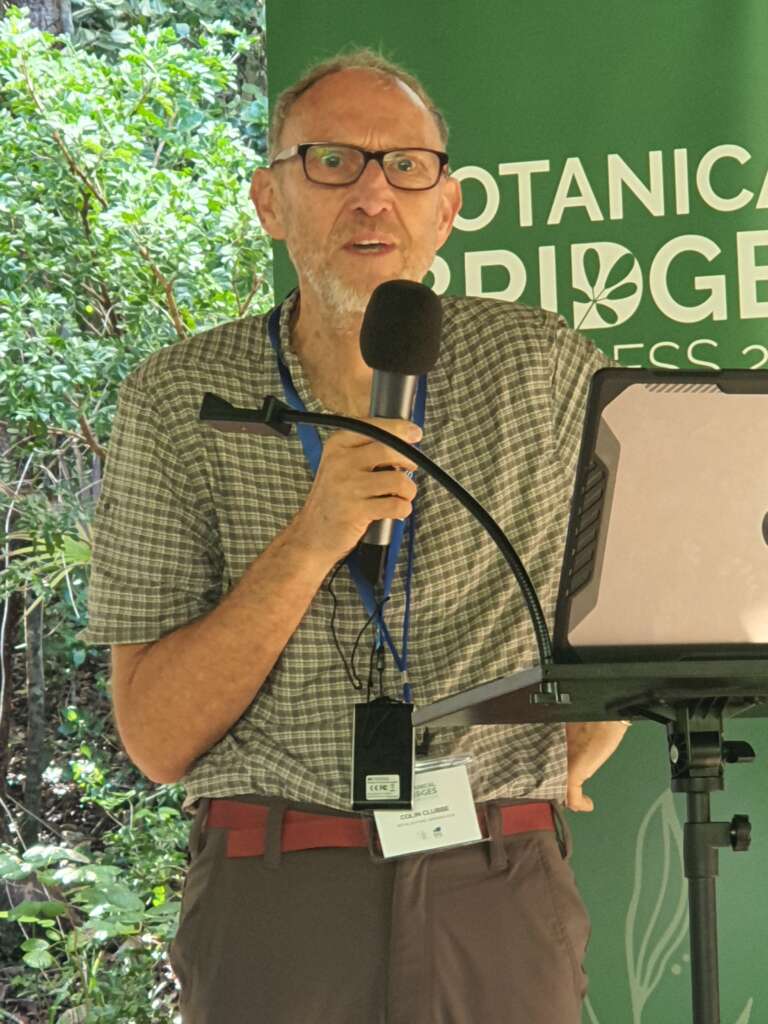
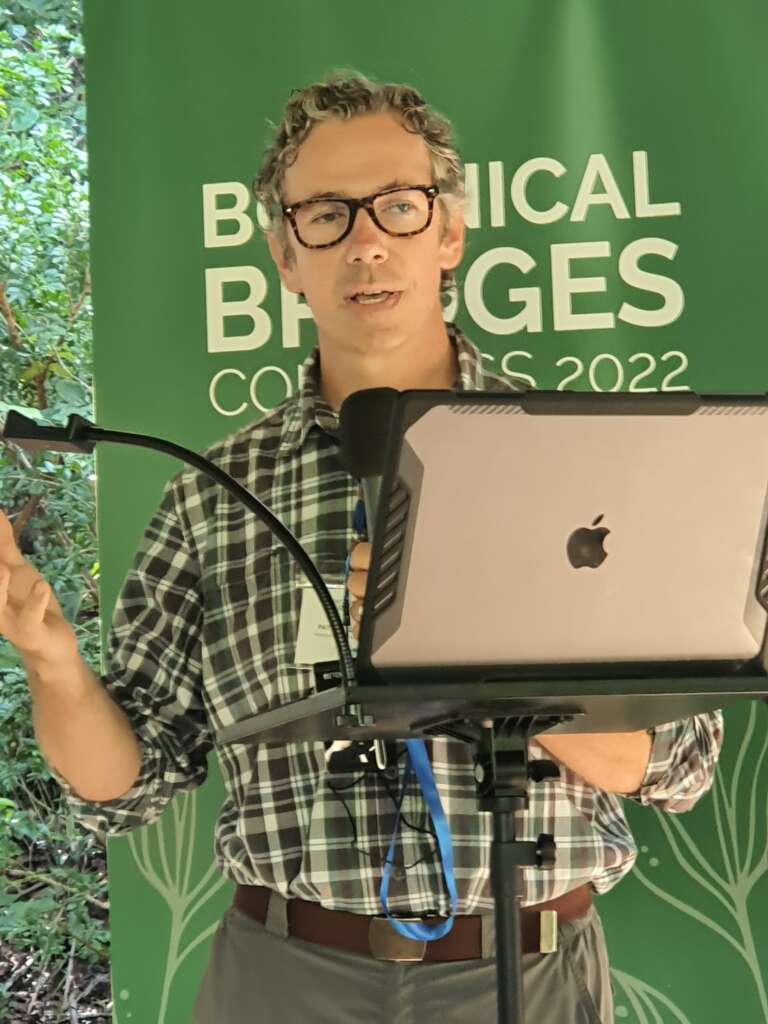
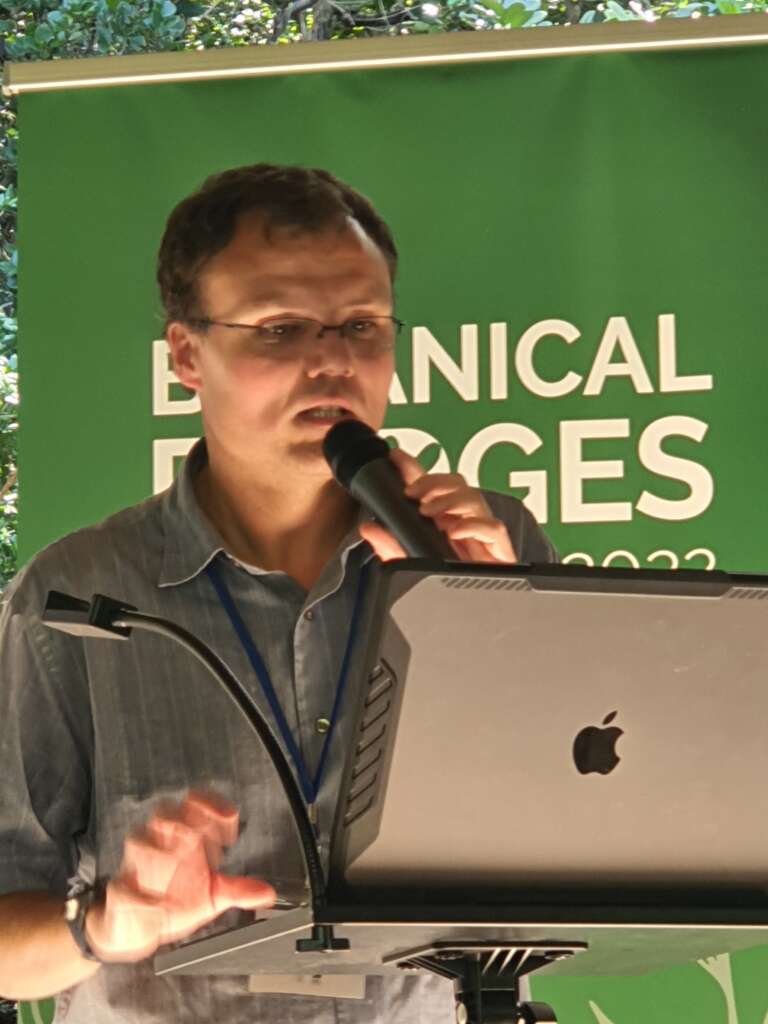
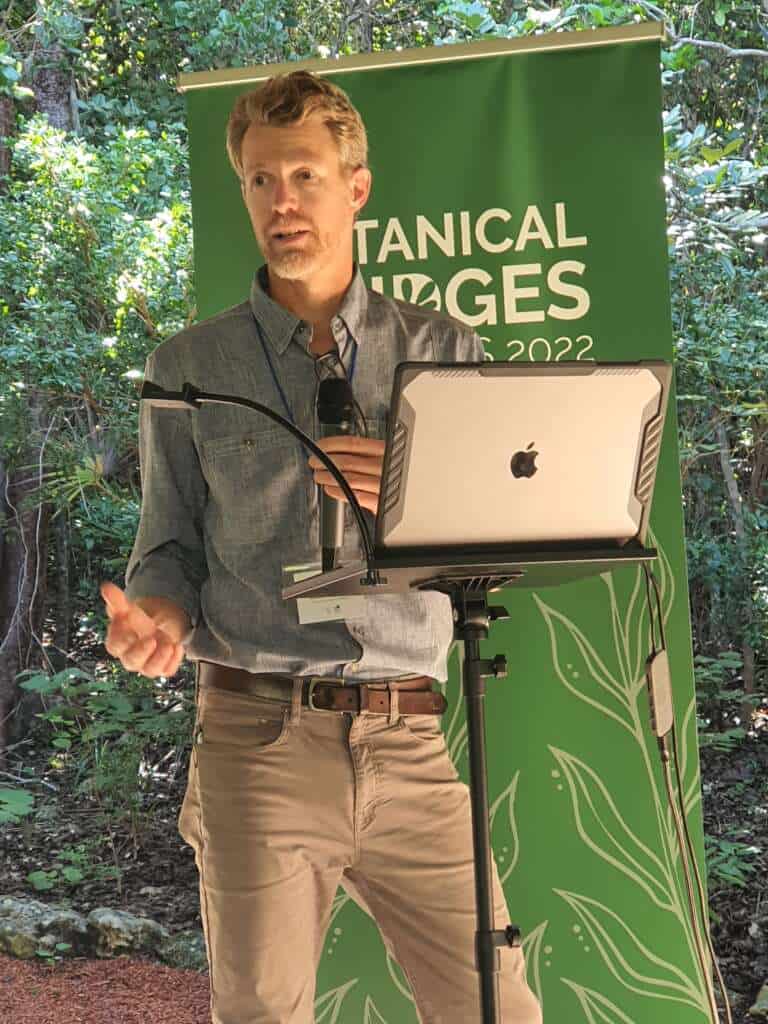
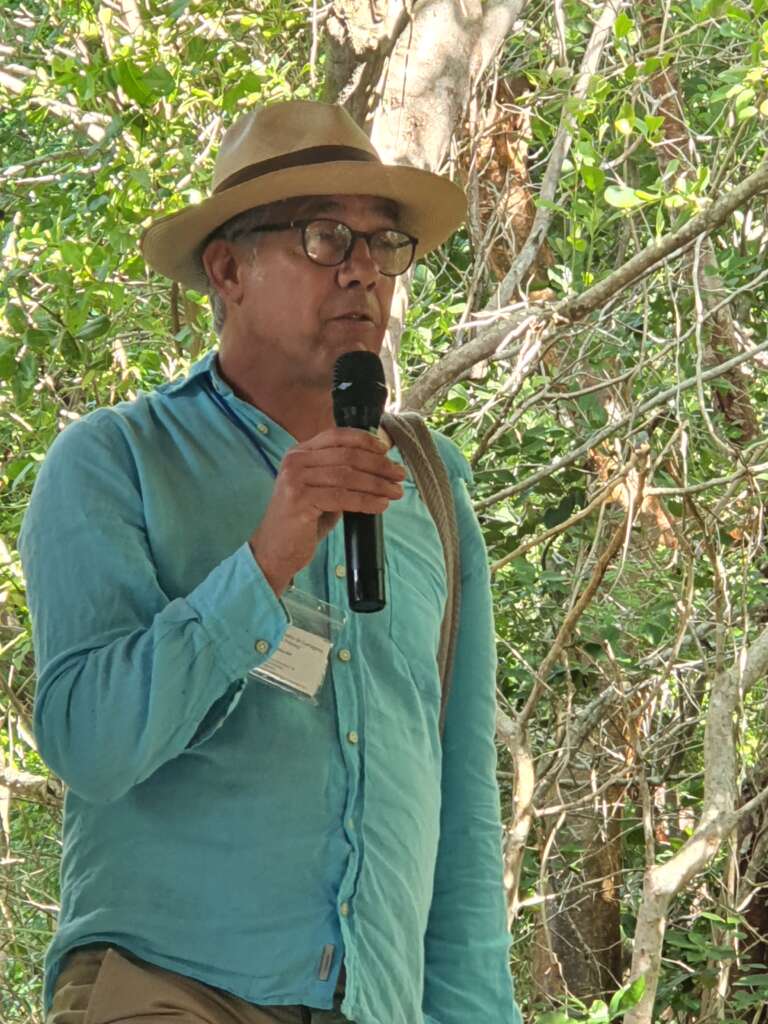
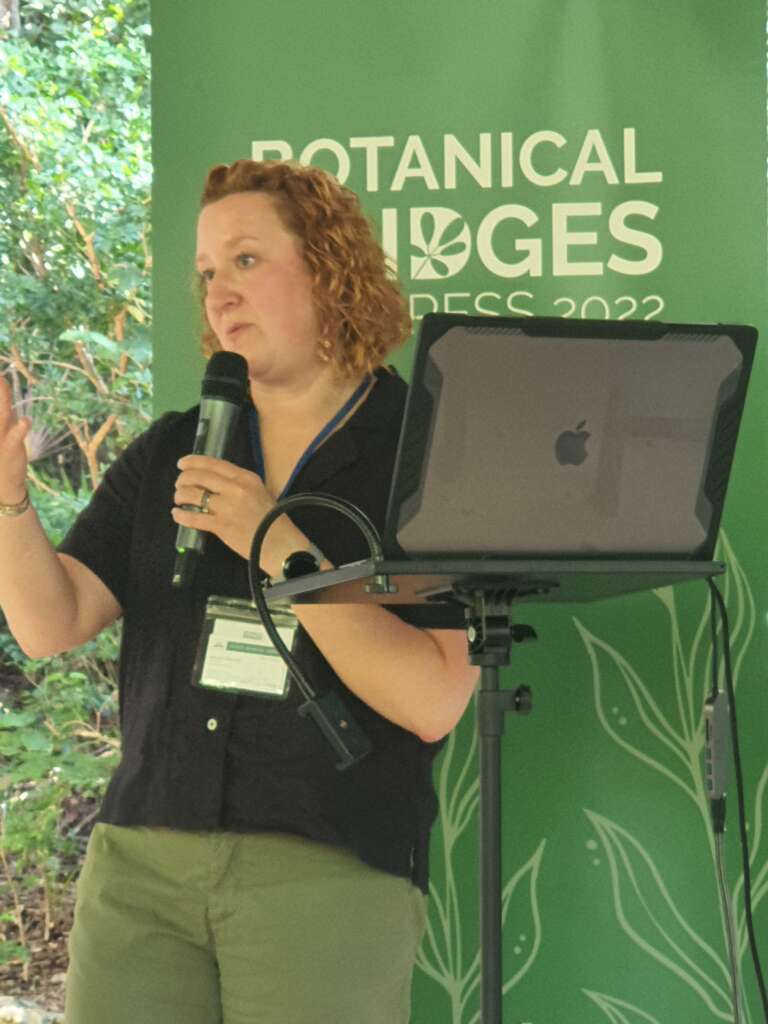
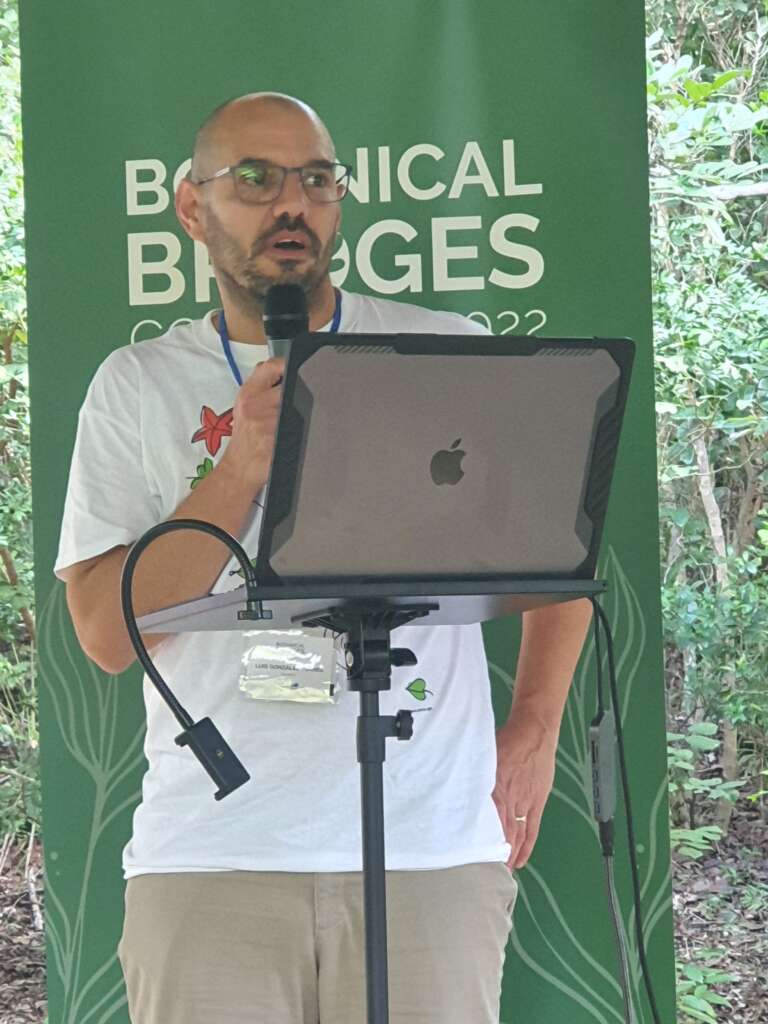
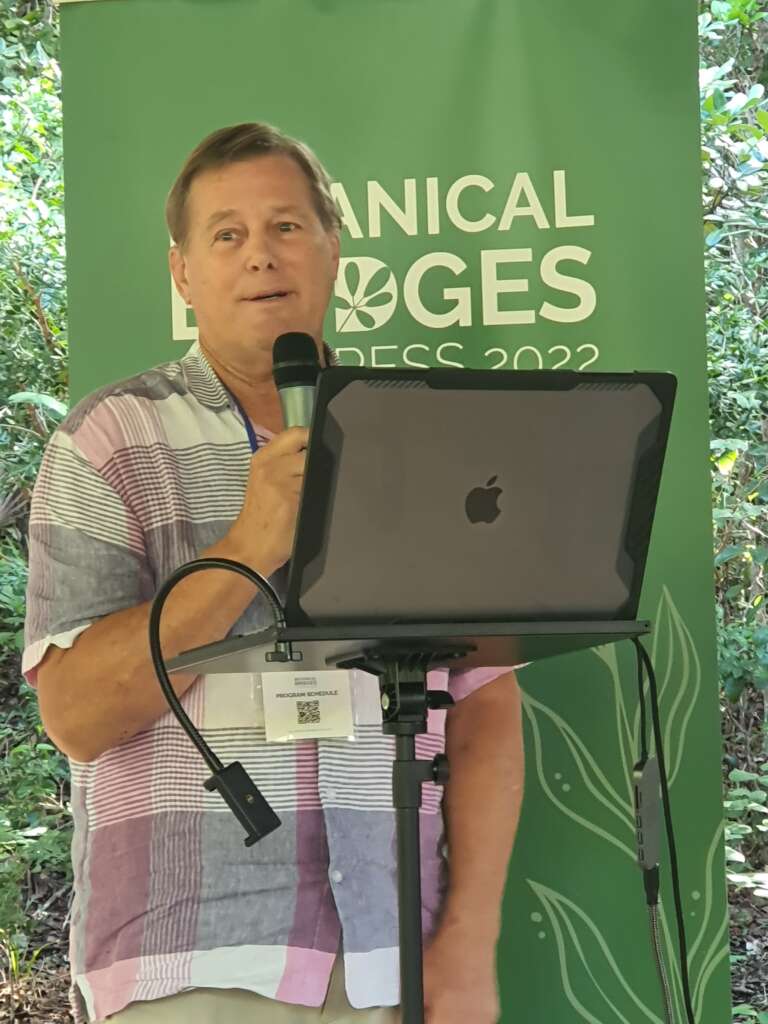



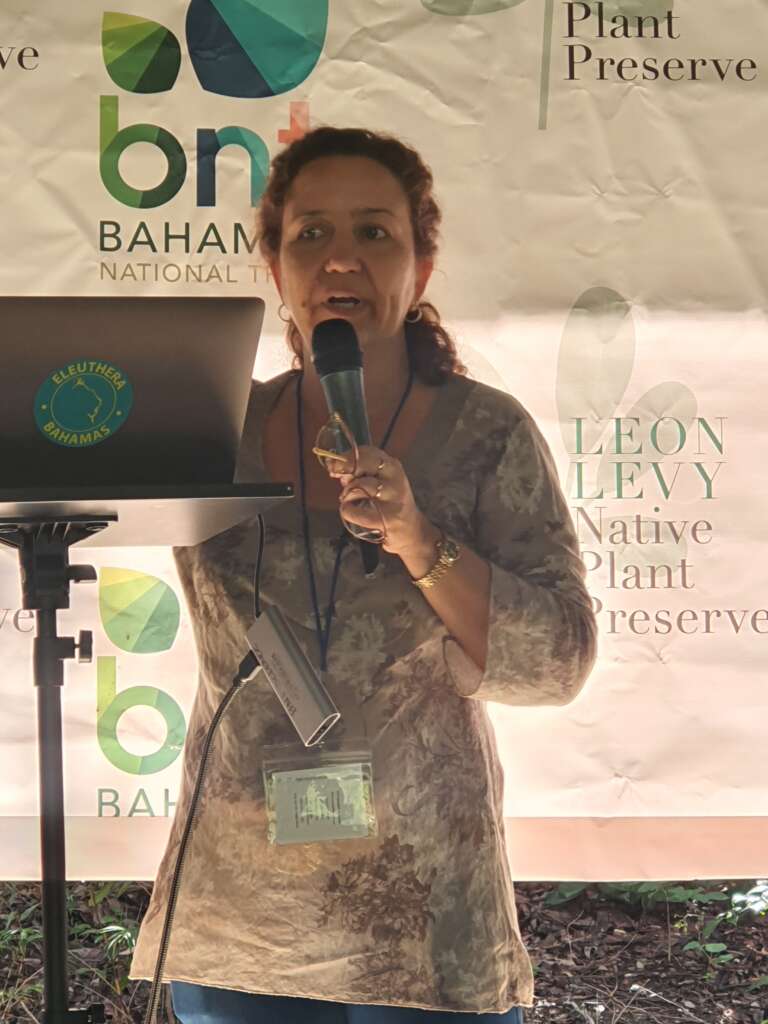

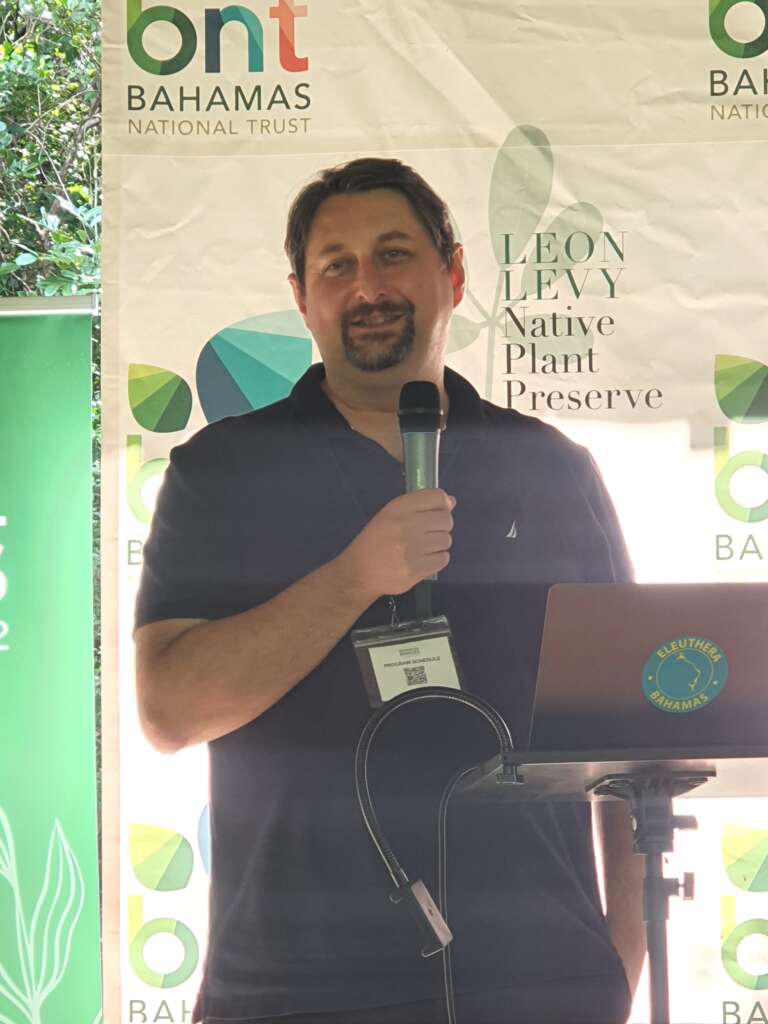
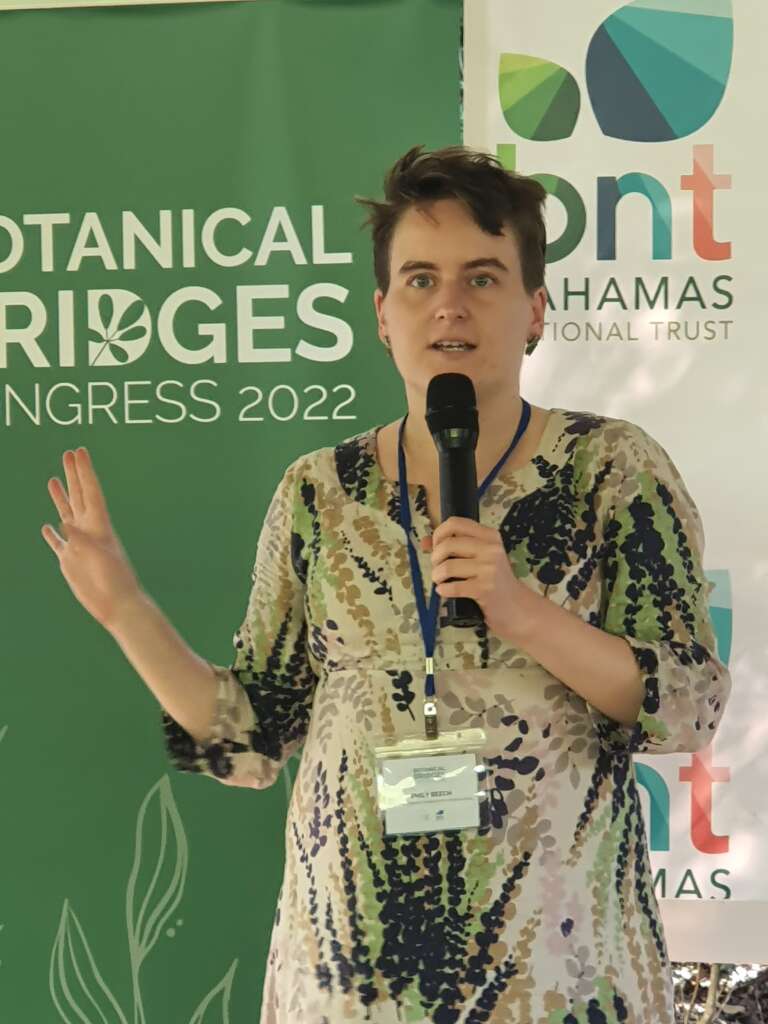

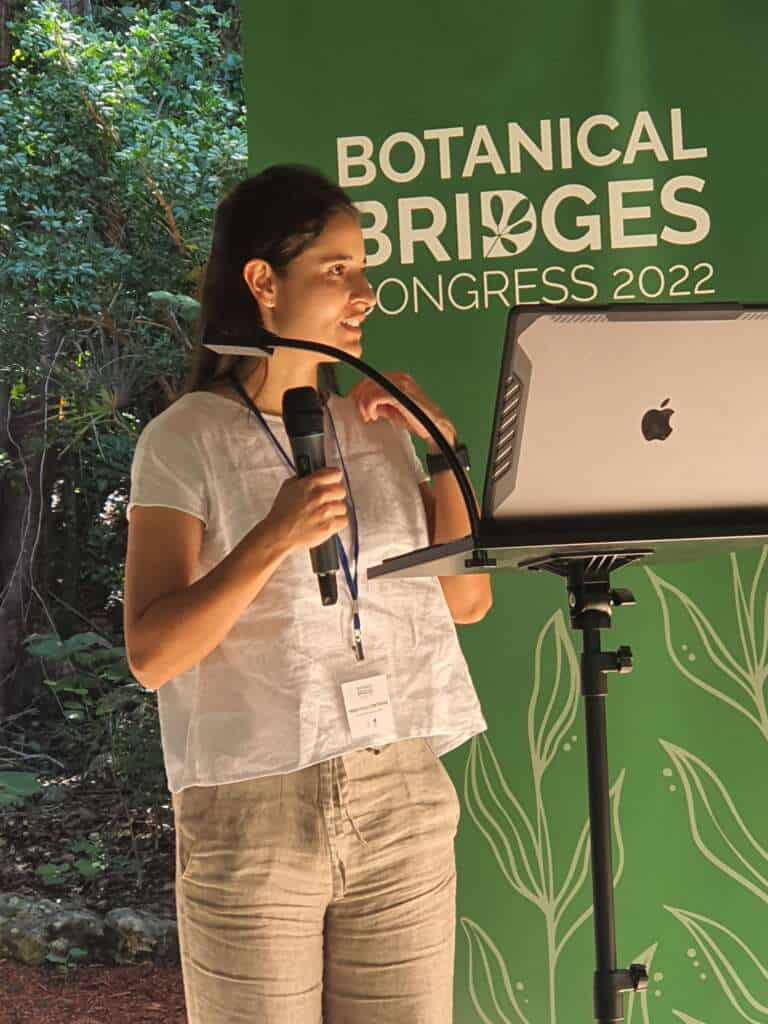
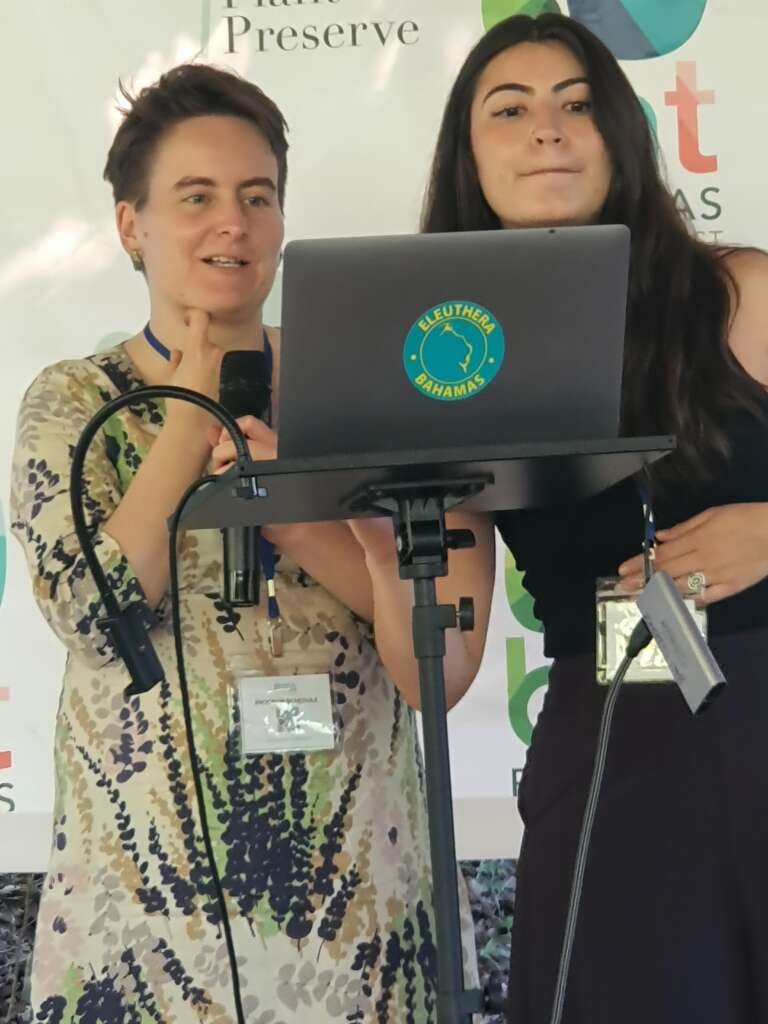
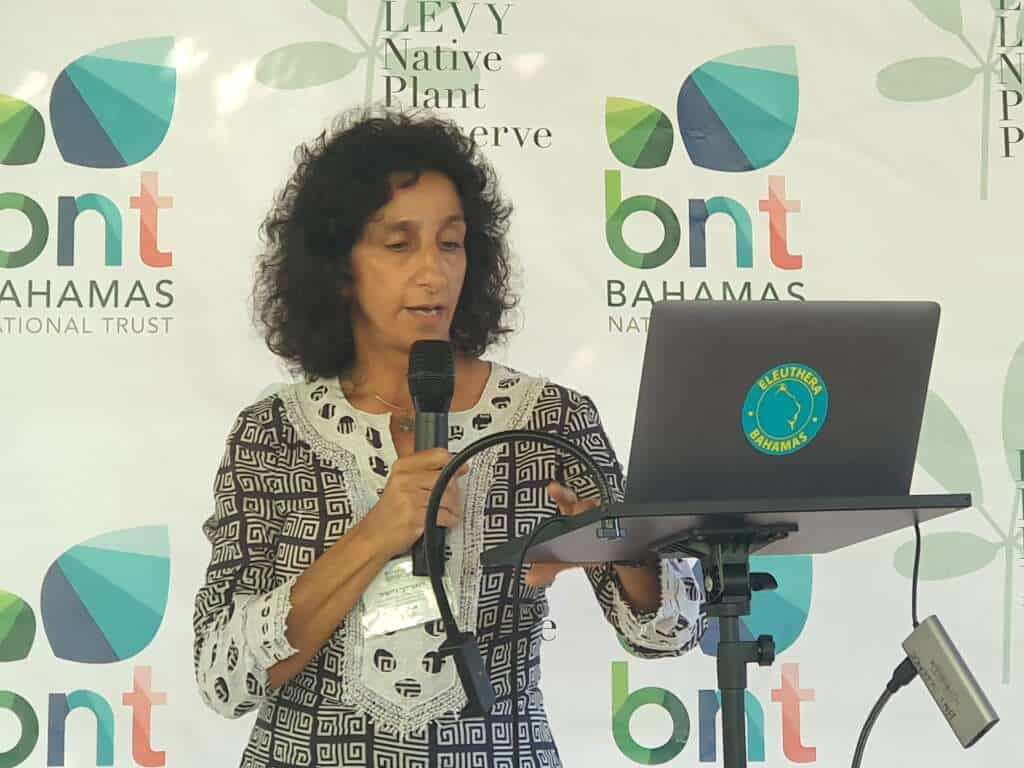
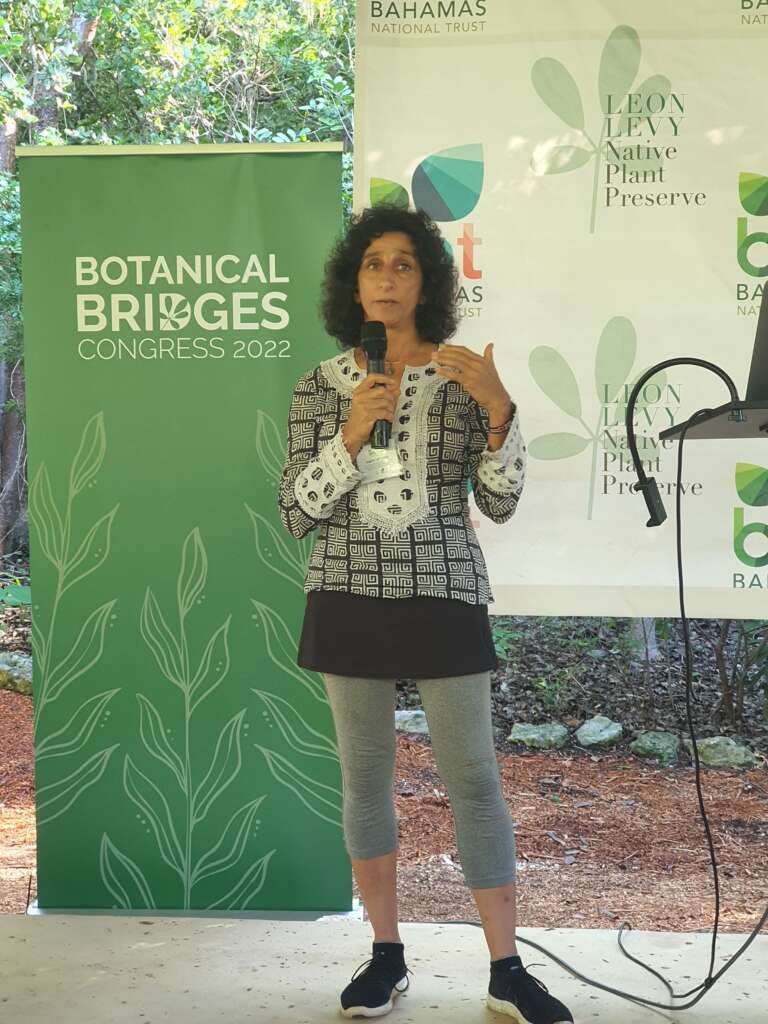
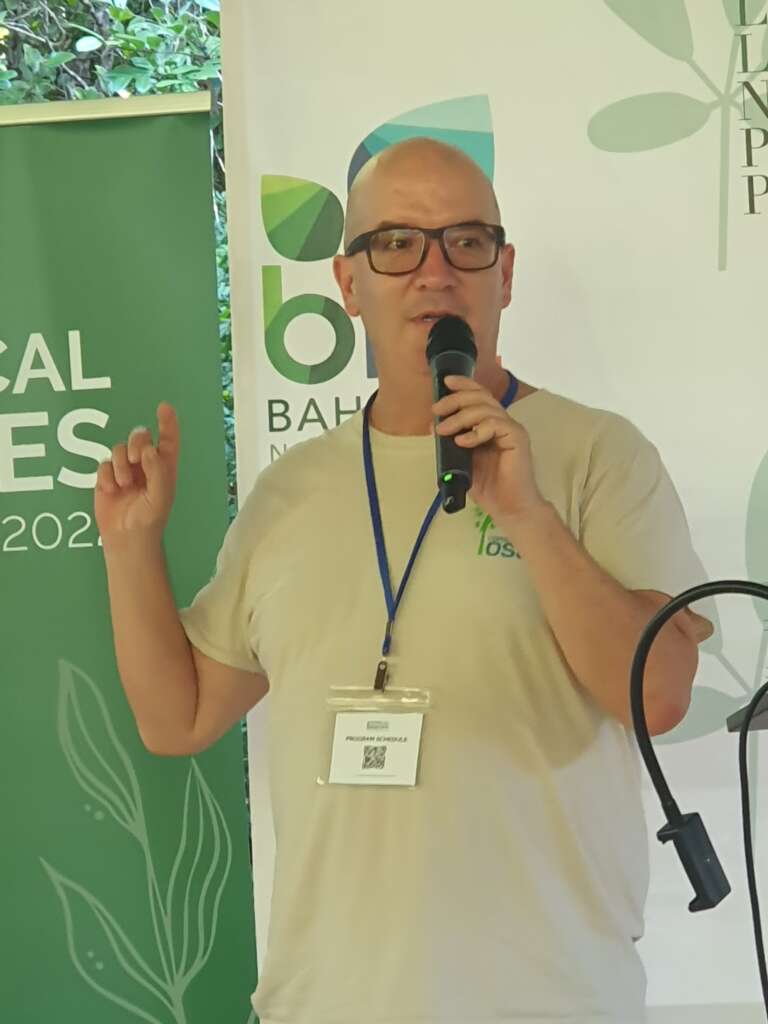
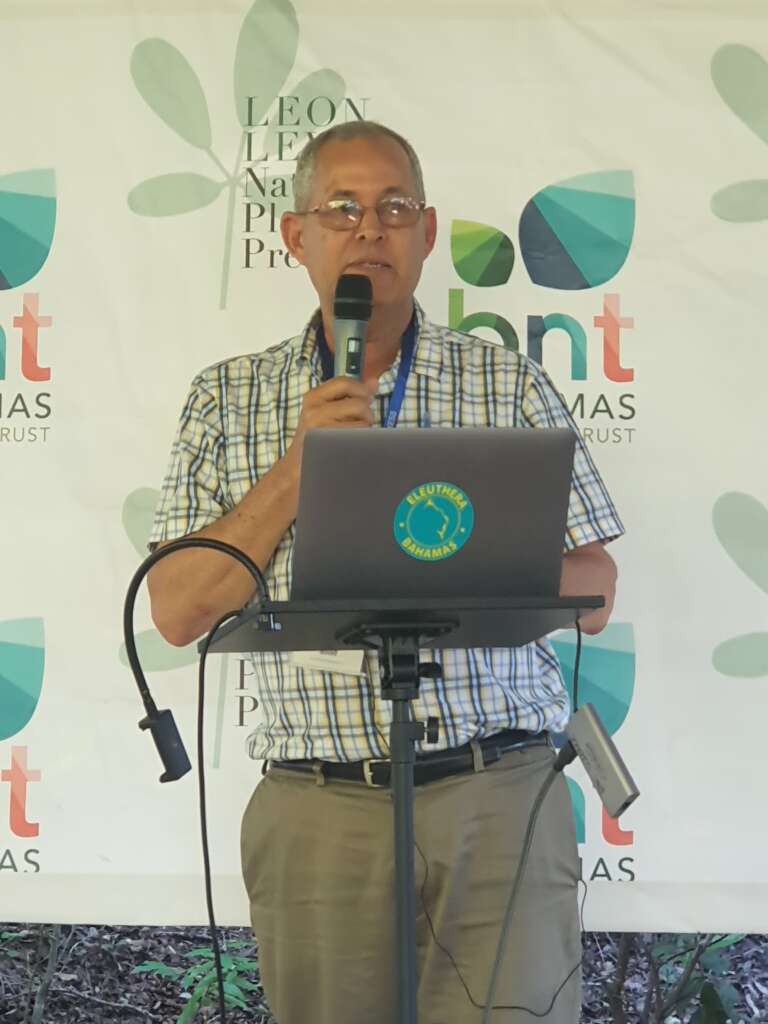
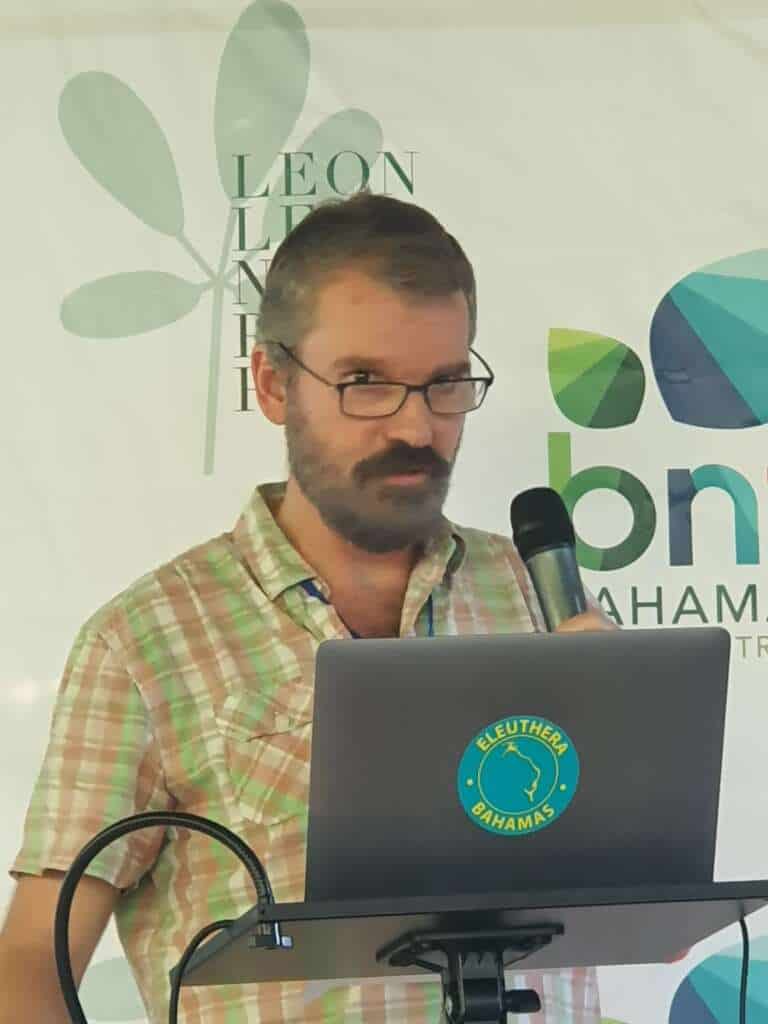
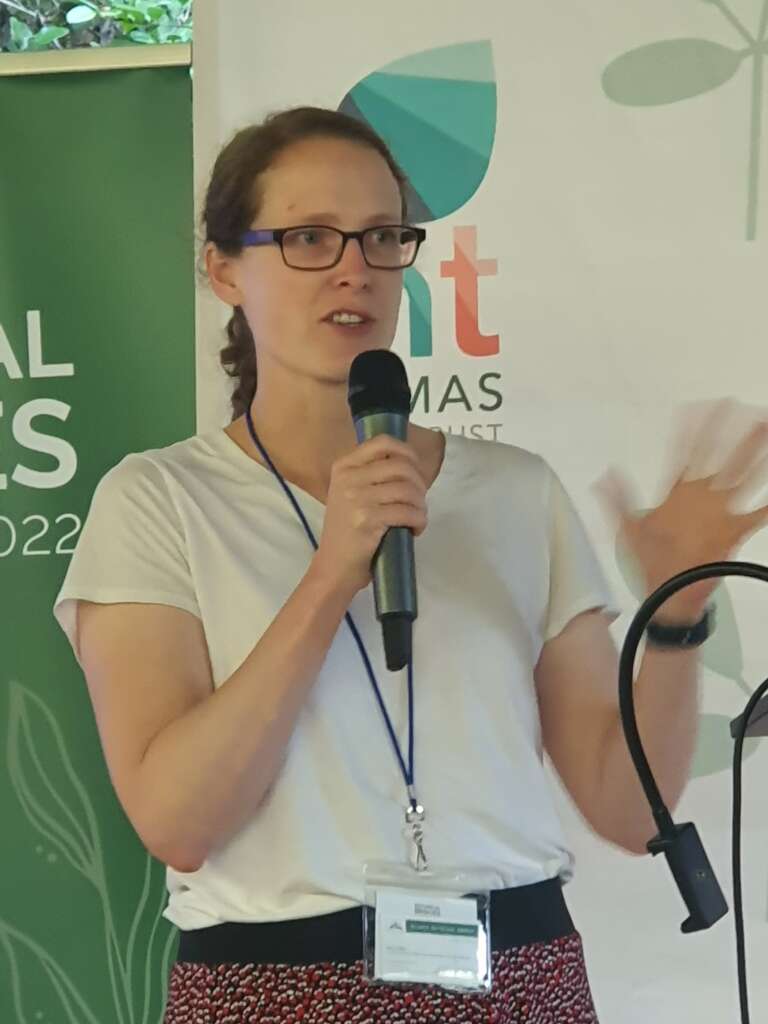
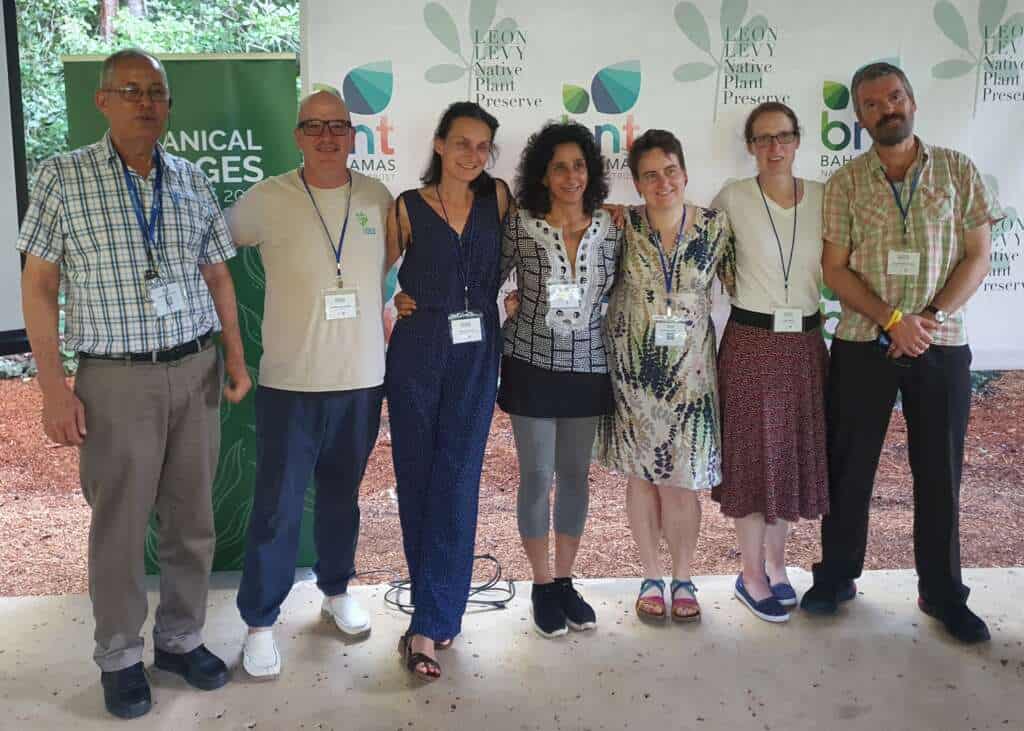
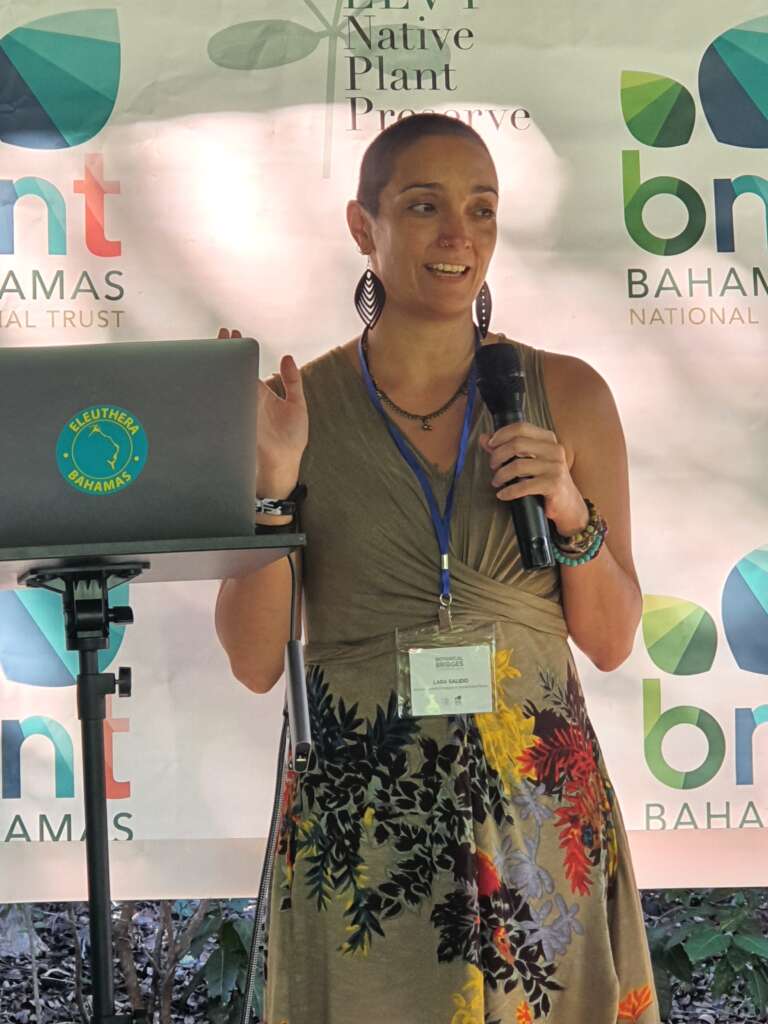
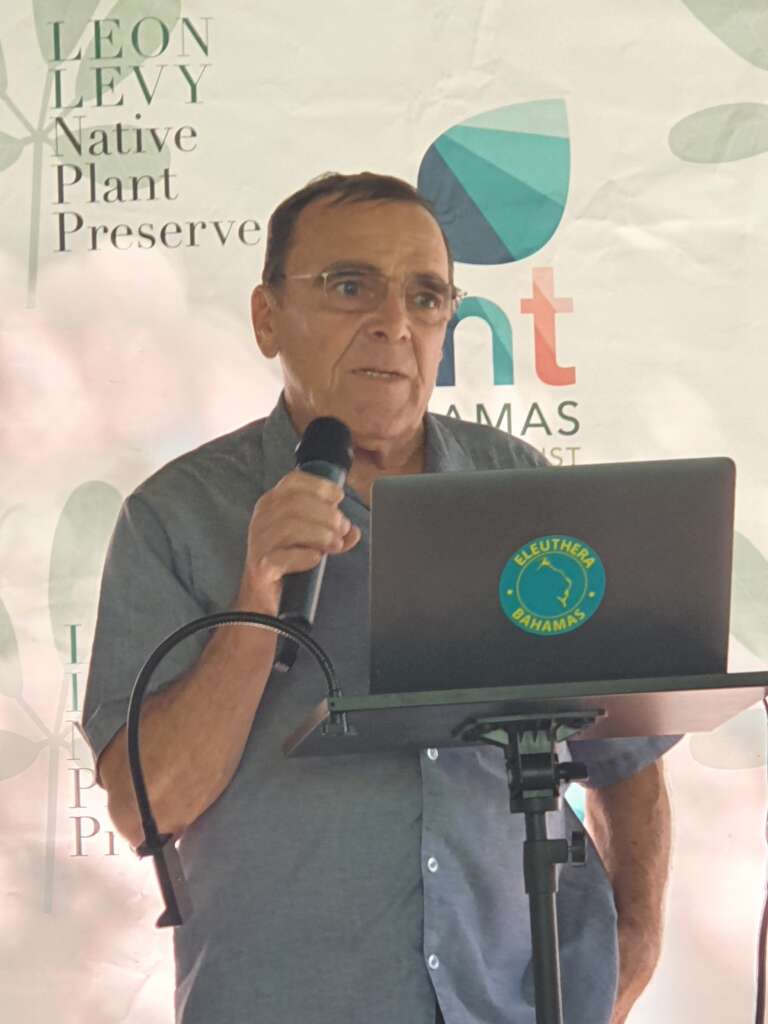
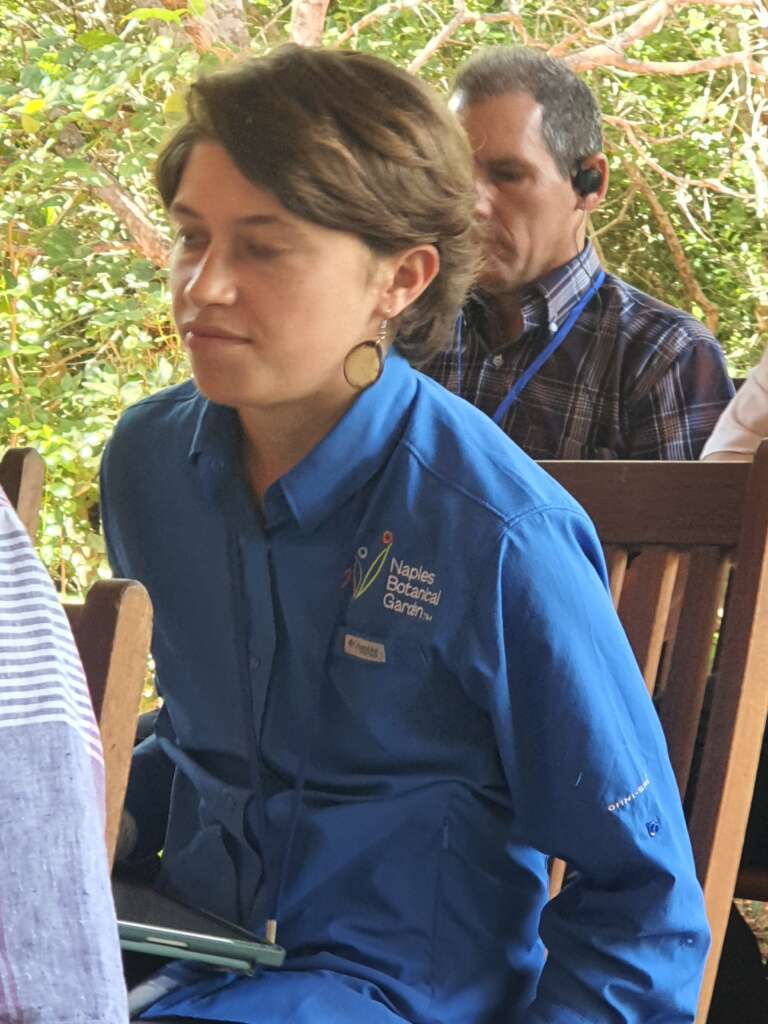
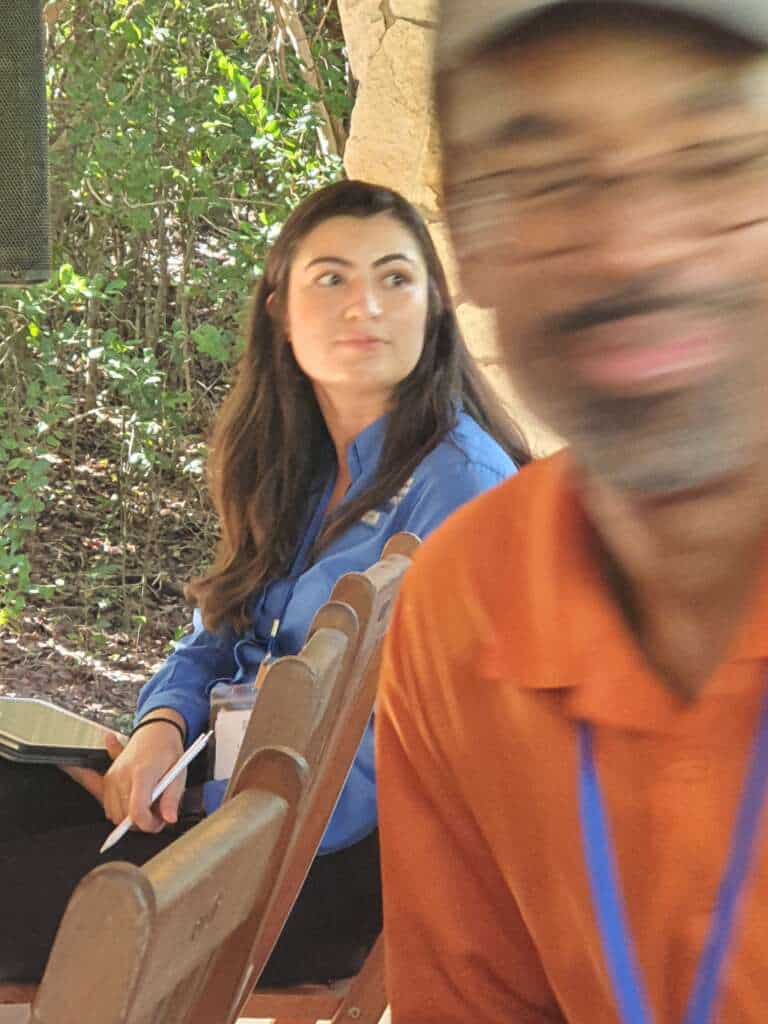



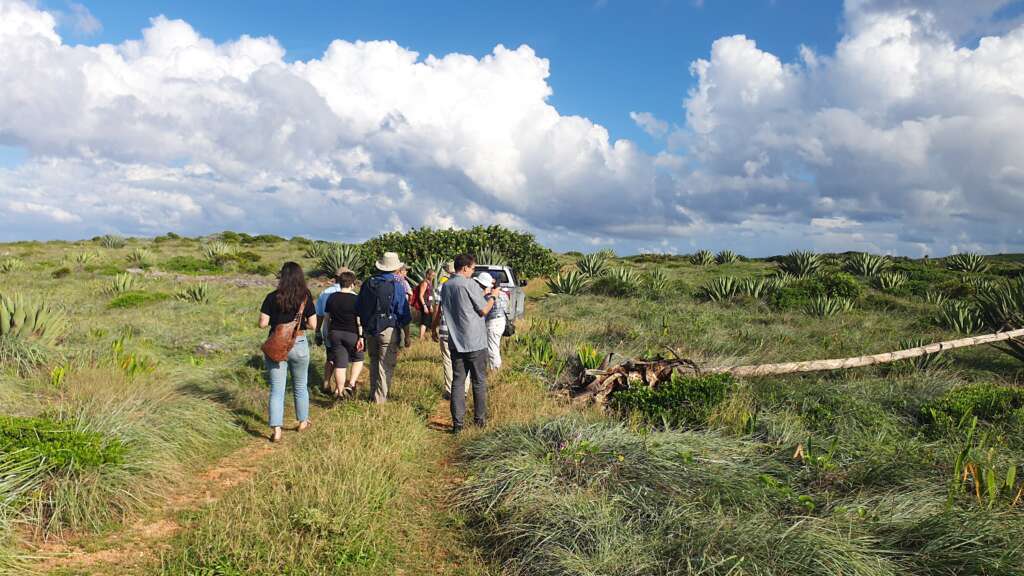

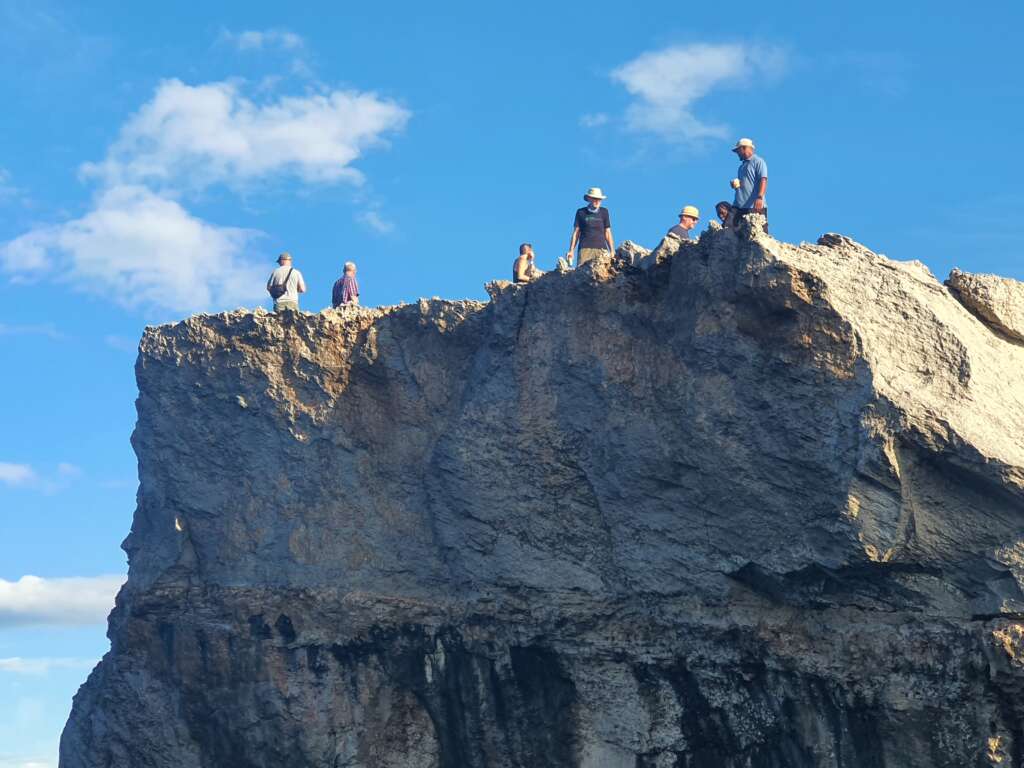
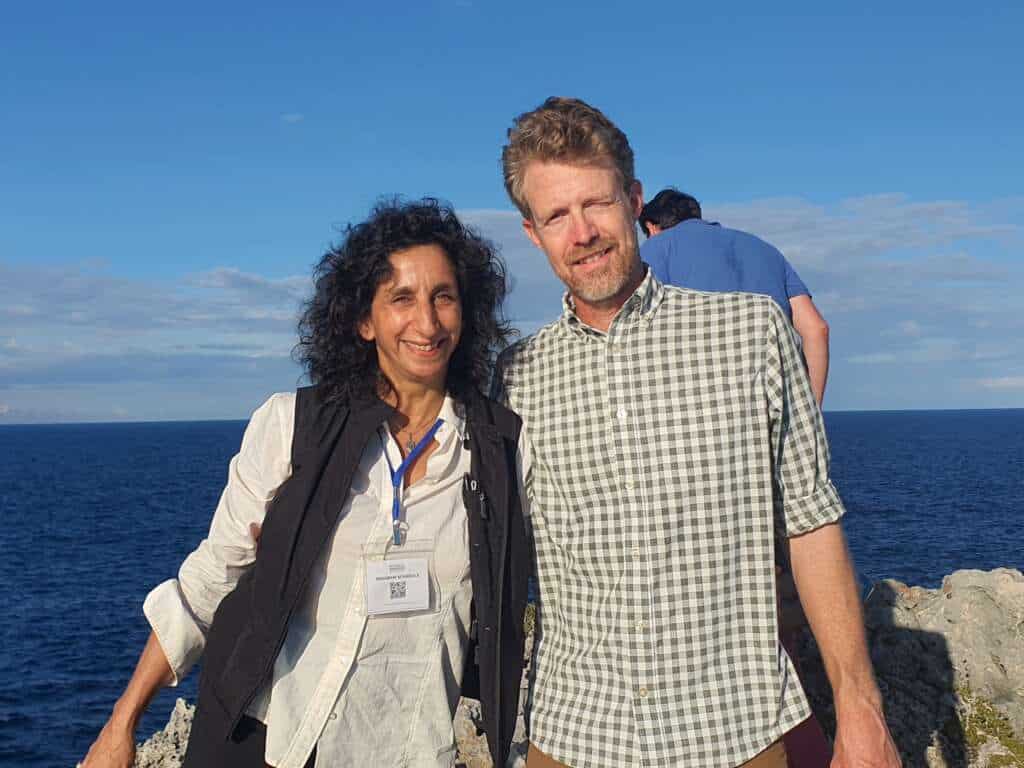


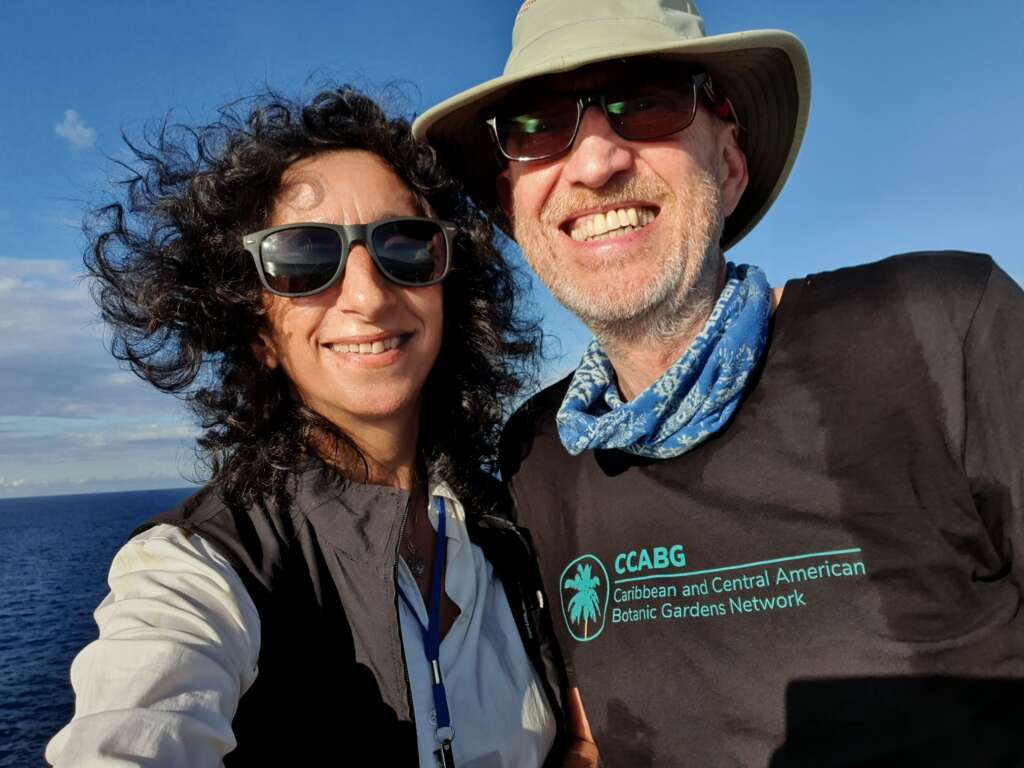

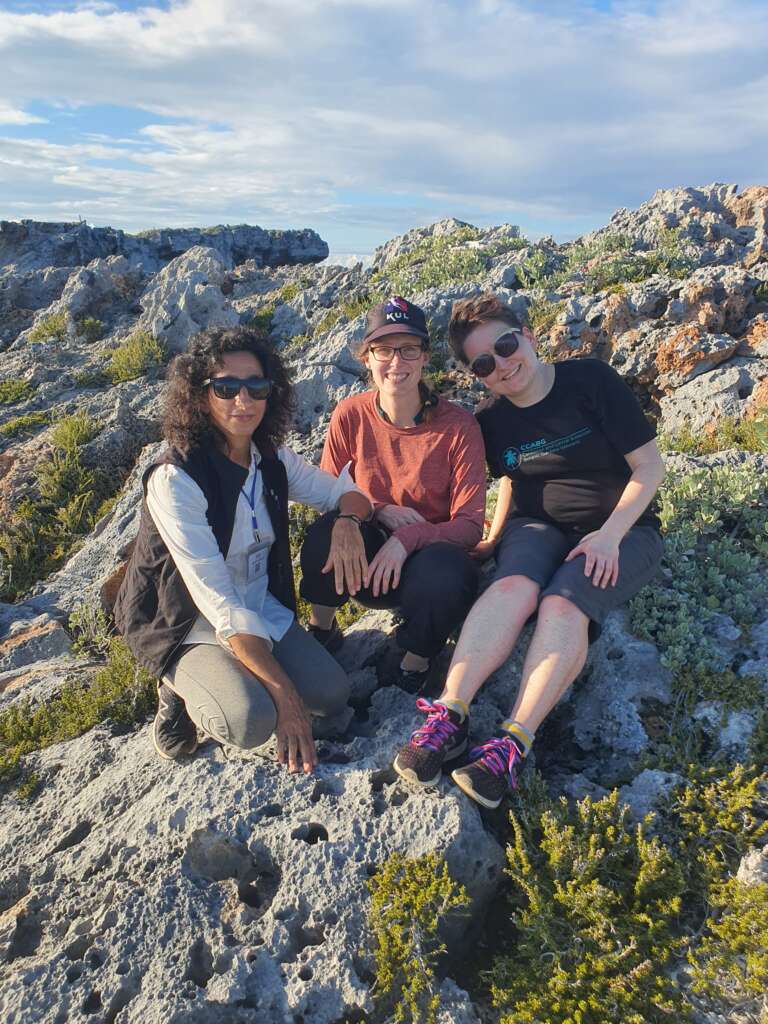








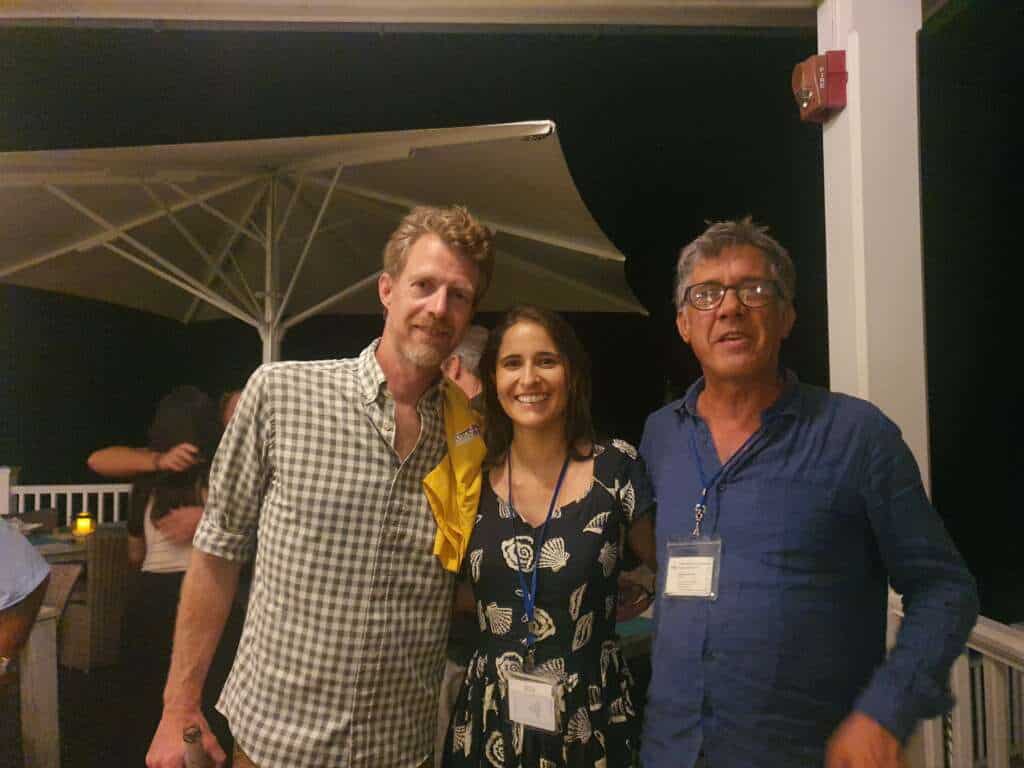



META ABSTRACT: TREE CONSERVATION SESSIONS
Prioritise, plan, act and monitor – promoting an integrated approach to threatened tree conservation
Botanic Gardens Conservation International (BGCI) promotes a holistic, integrated approach to the conservation and management of plant diversity. The ultimate aim of BGCI’s Tree Conservation Program is that no tree species become extinct. A coordinated, integrated approach to global tree conservation is needed, as the State of the World’s Trees, published in 2021 indicates that almost 30% of all tree species are threatened with extinction. BGCI’s Tree Conservation Program is integrating threatened tree conservation through four actions – prioritise, plan, act and monitor – to protect the world’s tree species from extinction with partners worldwide. In this session, we will showcase the varied approaches used to further the conservation of tree species.
PRIORITISE
Effective tree conservation requires information and tools to guide and prioritise action. The Global Tree Assessment is an initiative to assess the conservation status of all the world’s tree species, led by Botanic Gardens Conservation International and the IUCN Species Survival Commission Global Tree Specialist Group. Here we present the progress of the Global Tree Assessment towards our goal of an IUCN Red List assessment for every tree species with a focus on Central America and the Caribbean. However completing IUCN Red List assessments isn’t enough. Tree extinctions can only be avoided if the best possible information is available and then used to inform conservation decisions made by practitioners, policy makers and funders.
PLAN
Conservation action can be planned at species level but also at the national, regional and taxonomic group levels. All together, resources as made available by BGCI including the Global Tree Portal, Conservation Action Tracker, Recovery Plans, national conservation planning work and taxonomic group-level conservation planning, inform the selection of priority sites and species to develop integrated tree conservation initiatives and funding applications. Ground surveys are key to updating the information on baseline populations and understanding of threats and ecology for the species to enable the development of recovery plans.
ACT
The information available through the Global Tree Assessment is crucial to guide tree conservation action. While the challenges and scale of the problem in maintaining tree diversity are significant, the Global Trees Campaign initiative has worked to conserve over 400 threatened tree species in more than 50 countries. These projects carry out direct tree conservation action, collaborating closely with local partners worldwide. The full engagement and participation of local stakeholders is key to the success and lasting impact of all tree conservation initiatives. Technical challenges can be multiple and complex, building stakeholder capacity and partnerships facilitates the sharing of experiences, improves practices and increases success. We will showcase examples of tree conservation projects currently being implemented in the Central American and Caribbean region in countries such as the Dominican Republic, Guatemala, Haiti and Puerto Rico.
MONITOR
Project monitoring is the routine collection and analysis of information about project progress and whether expected results are being achieved. To track progress annually, BGCI has developed a thorough system of monitoring and evaluation where project activities are reviewed and amended as necessary, based on new findings or on unforeseen events, including natural and man-made hazards and changes.
An example of integrated conservation encompassing the Prioritise-Plan-Act-Monitor framework are the Global Conservation Consortia. The global botanic garden community is establishing a series of consortia of specialists with knowledge of genera that are technically challenging to conserve and manage. Eight such consortia have been established to date, including for cycads, and Magnolia. The Global Conservation Consortium for Magnolia (GCCM), led by Atlanta Botanical Garden, is a coordinated network of institutions and experts who work collaboratively to develop and implement a comprehensive conservation strategy to prevent extinction of the world’s Magnolia species.
Collaboration is needed to most effectively conserve the world’s tree species. Strengthening the networks already in place, sharing of information and experiences and developing new partnerships is key to protecting the region’s unique tree flora.

